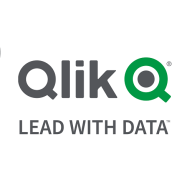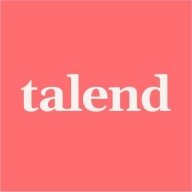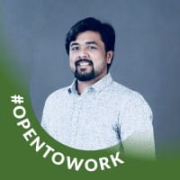

Qlik Compose and Talend Data Fabric compete in data integration and transformation. Talend Data Fabric appears to have the upper hand with its broader data management capabilities and feature-rich offerings.
Features: Qlik Compose offers robust data integration capabilities, efficient data transformation processes, and data modeling tools, making it user-friendly. Talend Data Fabric excels with its comprehensive toolset, extensive data management functions, and wide-ranging connectivity solutions.
Room for Improvement: Qlik Compose could enhance its real-time analytics, improve scalability, and offer more out-of-the-box connectors. Talend Data Fabric might focus on streamlining its user interface, reducing initial setup complexity, and optimizing resource consumption.
Ease of Deployment and Customer Service: Talend Data Fabric boasts a flexible and quick deployment model, accompanied by responsive customer service. Qlik Compose also enjoys a straightforward deployment, though initial configuration might require more time compared to Talend.
Pricing and ROI: Qlik Compose offers competitive pricing, delivering solid ROI through effective integration solutions. Talend Data Fabric, while involving higher setup costs, promises an enticing ROI through its scalability and extensive feature set, making it a worthwhile investment for comprehensive needs.


Qlik Sense is a powerful business intelligence tool that offers a range of features to help organizations make faster and more informed decisions. Its primary use cases include operational and financial dashboards, self-service reporting, and centralized access to cross-functional reports. The solution is praised for its mobile platform, ease of use, data-sharing capabilities, and extensibility.
Qlik Sense has helped organizations improve data literacy, reduce time consumed in complex reports, and provide widely available MI to senior stakeholders. It also enables self-service analytics, improves data quality and governance, enhances collaboration, and reduces costs.
Talend, a leader in cloud data integration and data integrity, enables companies to transform by delivering trusted data at the speed of business.
Talend Data Fabric offers a single suite of apps that shorten the time to trusted data. Users can collect data across systems; govern it to ensure proper use, transform it into new formats and improve quality, and share it with internal and external stakeholders.
Over 3,000 global enterprise customers have chosen Talend to help them turn all their raw data into trusted data to make business decisions with confidence — including GE, HP Inc., and Domino’s.
We monitor all Data Integration reviews to prevent fraudulent reviews and keep review quality high. We do not post reviews by company employees or direct competitors. We validate each review for authenticity via cross-reference with LinkedIn, and personal follow-up with the reviewer when necessary.